Circuit bending an audio device typically involves removing the rear panel of the device and connecting any two circuit locations with a "jumper" wire, sending current from one part of the circuit into another. Results are monitored through either the device's internal speaker or by connecting an amplifier to the speaker output. If an interesting effect is achieved, this connection would be marked for future reference or kept active by either soldering a new connection or bridging it with crocodile clips. Often other components are inserted at these points such as pushbuttons or switches, to turn the effect on or off; or components such as resistors or capacitors, to change the quality of the audio output. This is repeated in a trial and error basis. Other components added into the circuit can give the performer more expressiveness, such as potentiometers, photo-resistors (for reaction to light) and pressure sensors. The simplest input, and the one most identified with circuit bending, is the body contact,[1] where the performer's touch causes the circuit to change the sound. Often metal knobs, plates, screws or studs are wired to these circuit points to give an easier access to these points from outside the case of the device.
Just updated your iPhone? You'll find new emoji, enhanced security, podcast transcripts, Apple Cash virtual numbers, and other useful features. There are even new additions hidden within Safari. Find out what's new and changed on your iPhone with the iOS 17.4 update.





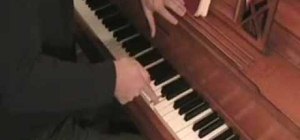
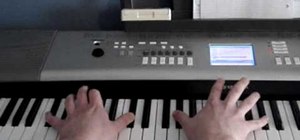

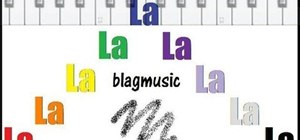



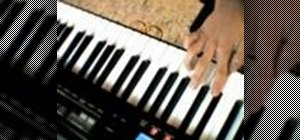
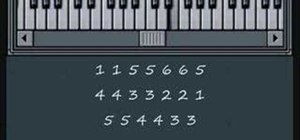
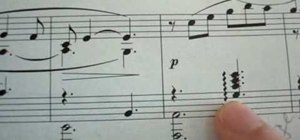
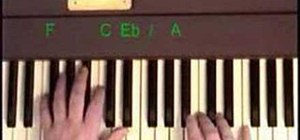

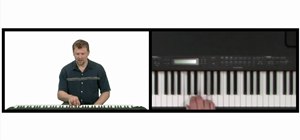






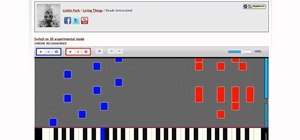
Be the First to Comment
Share Your Thoughts